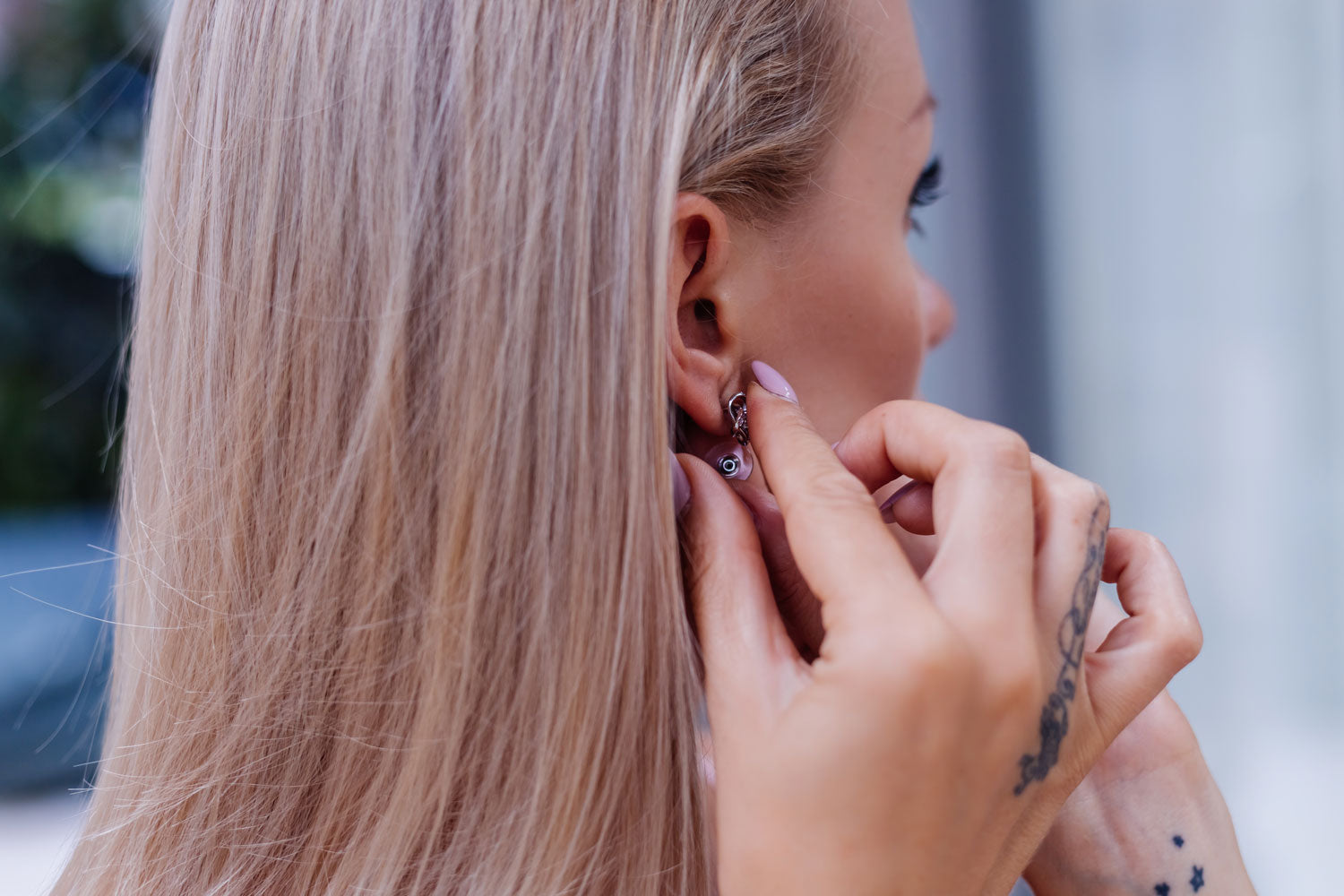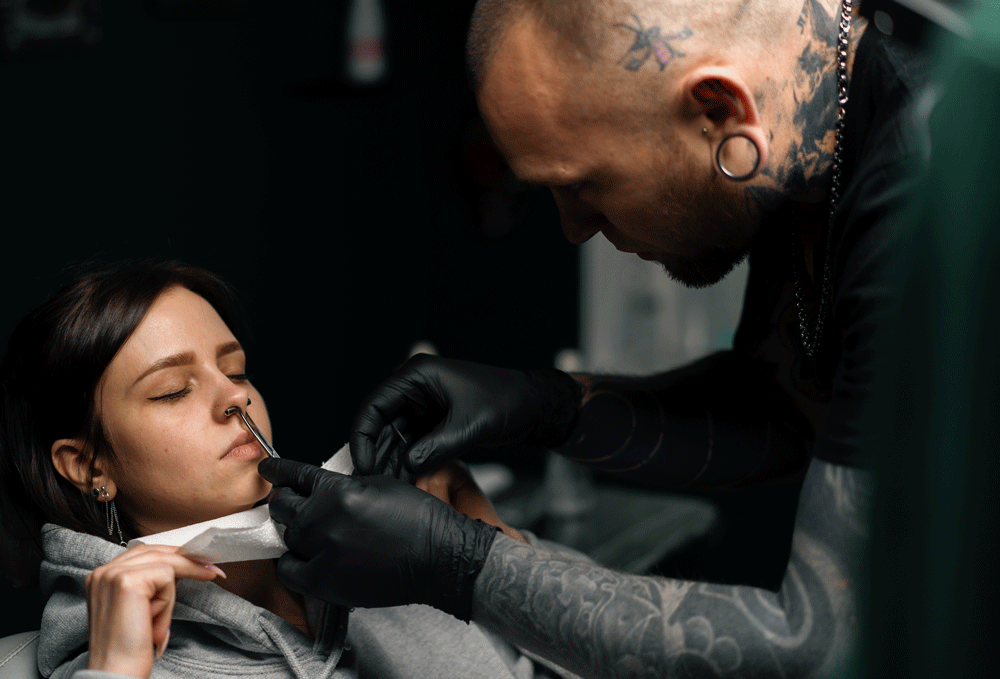We all know that tattoos are permanent body modifications, but piercings don’t seem to carry the same lifelong connotations. This is actually not a correct view and today we’re going to take a moment to discuss why that is.
Piercings, whether they are fresh or fully healed, are essentially a wound. Despite knowing this, people are often surprised to discover that when they remove their piercing for good, they have a scar. Any piercing is going to leave behind a mark, no matter how well it healed or how well you cared for it. This is doubly true if your piercing was rejecting when you removed it. That’s why it’s best to remove a piercing as soon as rejection begins because the longer you wait, the worse the scarring will be. Scarring can range from “barely visible” to “extremely noticeable”. Lip, eyebrow, and bridge piercings seem to leave worse scarring behind than other piercings and dermal implants can also leave some very noticeable scars. Other piercings, often older piercings, may simply not close leaving a visible channel in the skin. Either way, when you retire a piercing, it will leave some sort of mark behind.

We often view piercings as semi-temporary body modifications that we can simply remove and be done with. But we need to take more of a long-term view when we are considering a new piercing. What might lie ahead of us? Do we want to have that piercing when looking for a job? Do we want to have that piercing in our wedding photos? Are we comfortable with the idea of being a pierced senior citizen? We should also consider this when we stretch a piercing. How comfortable are we going to be with stretched lobes in ten years? And if they don’t return to a smaller gauge, are we going to be willing and able to have our lobes reconstructed by a surgeon? None of this is meant to discourage people from getting piercings or stretching their piercings, but it is definitely something to bear in mind when we make that decision. Am I willing to deal with the aftermath of this if I decide to remove my jewelry for good?

If you want to be the most responsible pierced person you can be, do your homework before you make the appointment. Research the piercing you want and that includes what it might look like when the jewelry is removed. Find an experienced and trustworthy piercer who has done that piercing many times before. Don’t be someone’s guinea pig. And of course, make sure to get proper jewelry for that piercing and that it’s made of high-quality materials. You don’t have to get fancy, implant-grade titanium is perfectly fine. And if you do your research and discover that maybe you’re not ready to deal with the long-term ramifications of that piercing, that’s okay too. People like to smack-talk clip-on or faux piercing jewelry like the act of being stabbed with a needle is a badge of honor or you have to “earn the right” to wear that jewelry. But clip-on piercing jewelry like belly rings or septum rings are perfectly acceptable because at the end of the day, it’s your body. You made the choice that was right for you and being responsible enough to say “no” is a badge of honor all on its own.

Piercings have never had the same kind of permanent status that tattoos have despite leaving behind very real and very permanent marks. Scars can be made less visible, but they remain, nonetheless. As long as you are prepared to deal with the aftermath of your piercing, by all means go for it. But make sure you do your research, so you aren’t left with an unpleasant surprise when you remove your jewelry. Happy piercing!






